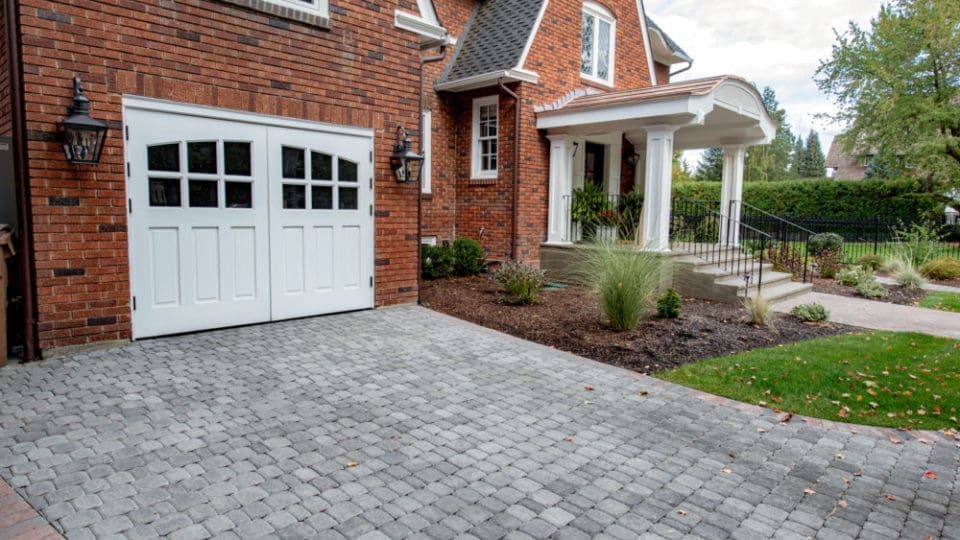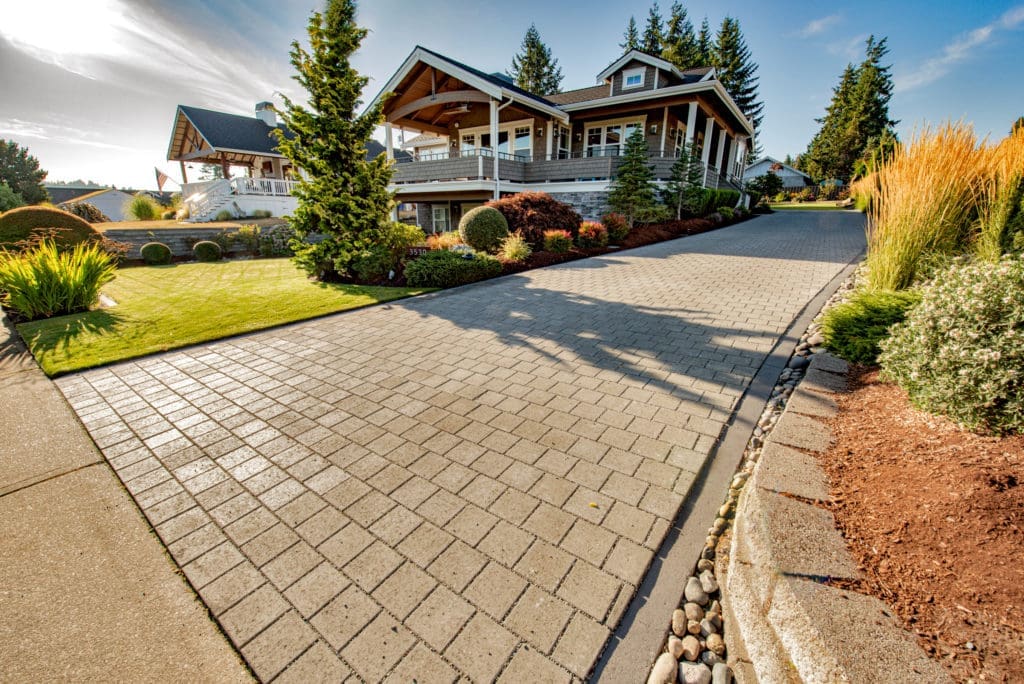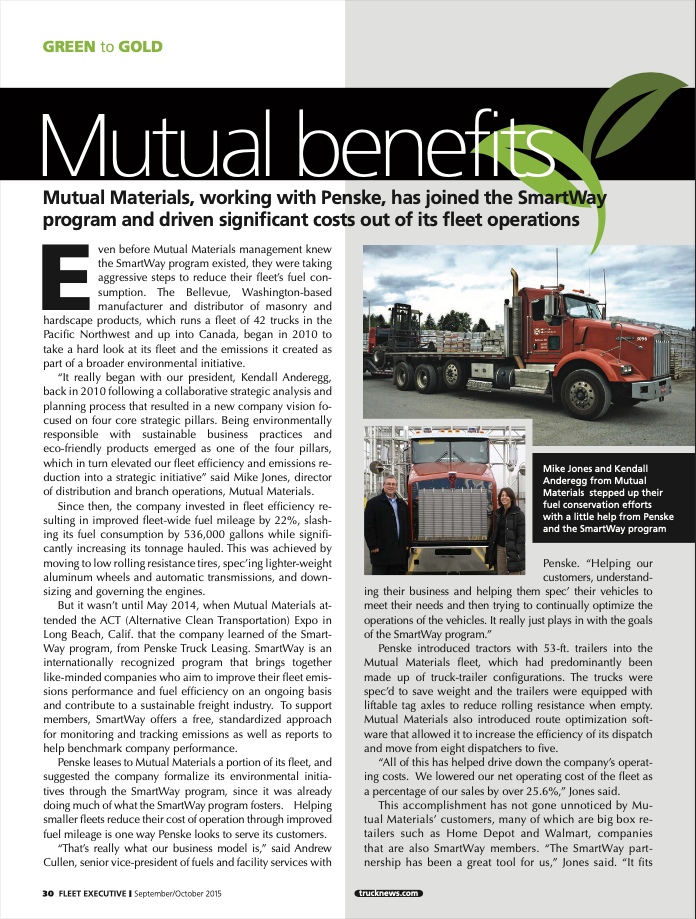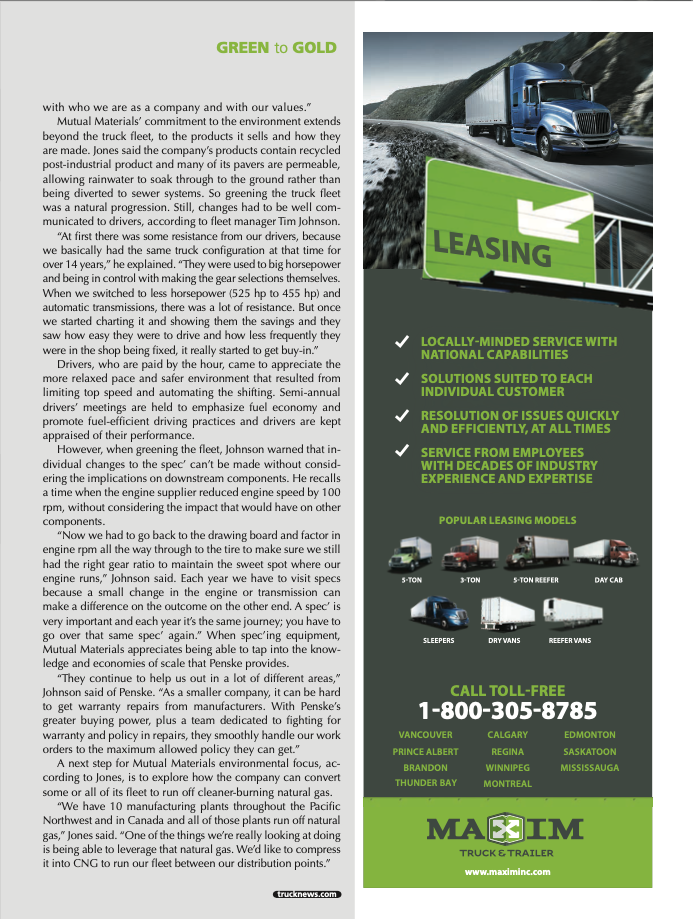When striving for sustainable development in building, one has to consider concrete and brick. Nothing beats brick and concrete as a sustainable building material for durability, eco-friendliness, and energy efficiency. With more and more builders and homeowners embracing sustainable and green building, one will be hard pressed to find a better material than concrete or brick.
Durable
Both brick and concrete products are made to be long-lasting, resistant to natural and man-made disasters, and impermeable to rust, rot, or fire.
Concrete pavements are less susceptible to damage from heavy vehicles and requires fewer work zones over its lifetime. Since concrete blocks and structures are so durable, they will not require production of additional materials for repair. Meanwhile, clay particles fusing together during the firing process make brick incredibly durable.
Eco-Friendly
Brick is made from the natural resources of clay and shale and is therefore considered one of the most eco-friendly construction materials during its entire life cycle. Limestone, the most abundant mineral on earth, is the predominant raw material for concrete. Waste byproducts from manufacturing facilities such as fly ash, slag cement, and silica fume can also be used to make concrete. Both brick and concrete consume minimum materials, energy, and resources for construction, and require low maintenance for upkeep.
Brick is beneficial to areas with high moisture as it breathes and allows water to escape. Concrete can be manufactured to be permeable; when used for driveways, sidewalks, parking lots, and other pavements, interlocking permeable concrete pavers can help to retain stormwater runoff and replenish local water supplies.
Recyclable
Brick are made of natural materials and can be recycled by being chipped, crushed, or ground down and used for landscaping materials or combined with raw materials to be mixed into new bricks. After concrete construction has served its original purpose, the concrete can be crushed and recycled into aggregate for use in new concrete pavements or as backfill and road base.
Energy Efficient
Clay, brick’s main component, is a high-density material, which helps keep your house cool in summer and warm in winter. Homes built with concrete walls, foundations, and floors are highly energy efficient as they take advantage of concretes’ thermal stability. Both brick and concrete can help you use less energy and lower your energy bill, carbon footprint, and environmental impact with their ability to regulate building temperature.
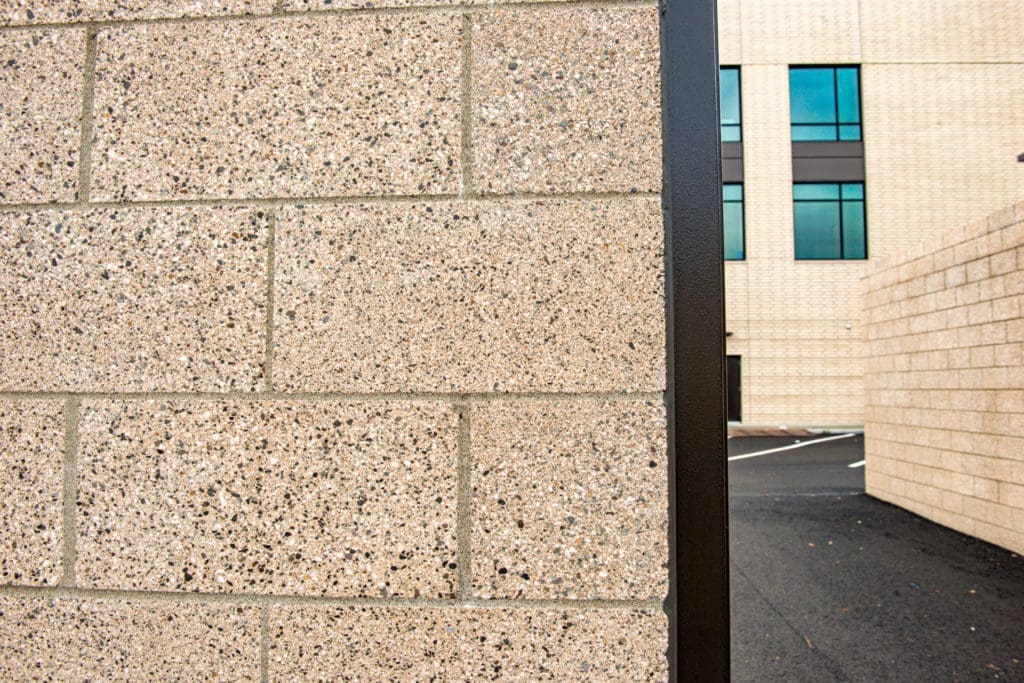
Steps We are Taking to Create Sustainable Materials
In order to achieve greater sustainability, we have converted all our concrete manufacturing facilities to a cement content which contains crushed limestone, reducing the amount of cement clinker in the mix and the carbon generated by the process. We are also bagging Type 1 L cement now instead of Portland Cement Type I&II.
Mutual Materials is a licensee of Carbon Cure, a process where we inject carbon dioxide into the mixer process when we are manufacturing block. The result is the block capturing and permanently sequestering carbon, reducing carbon impact and emissions in the atmosphere. This is how Concrete Masonry Units (CMU) are made.
Brick and CMU are usually produced regionally which reduces shipping costs and fuel consumption compared to other products. A lot of time has also been attributed to upgrading our trucks’ engines, tires, wheels, and bodies to get the best fuel economy. Drivers are encouraged to use cruise control for Fuel Economy and all trucks have idle shut down set to activate after 5 minutes.
There are many steps to achieving sustainable production and building. Using green building materials like brick or concrete are just one of the many choices a contractor and homeowner can make to be more eco-friendly and energy-efficient. The fact that people can reuse these materials also makes them recyclable. For truly sustainable design, look no further than brick and concrete!
External Resources:
Are Bricks Eco-Friendly? 17 Facts You Should Know
Is Concrete Sustainable? Here’s Why We Need To Talk About Green Building & Sustainable Design


